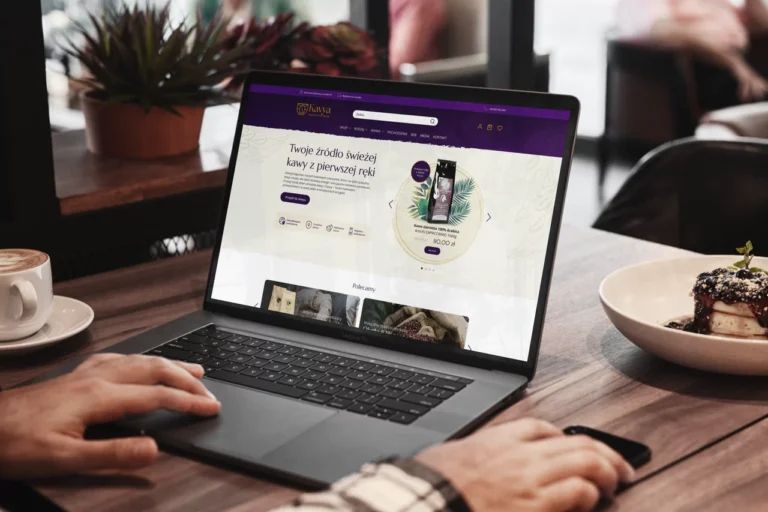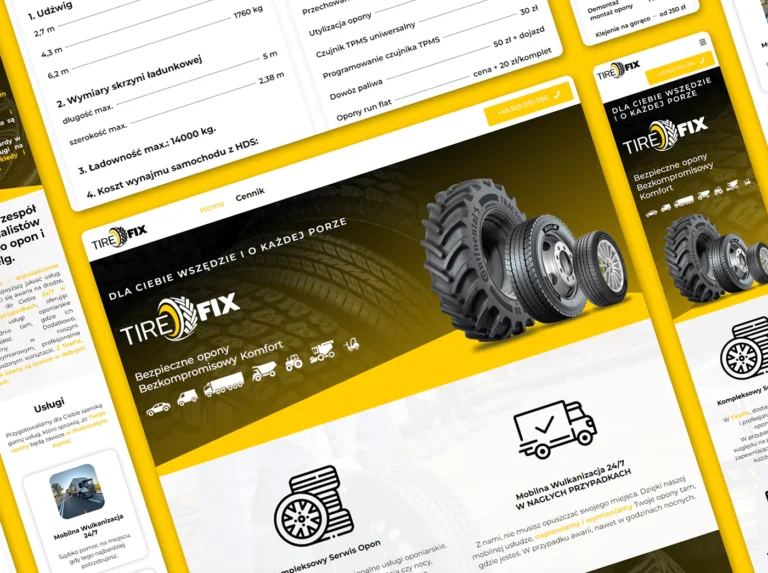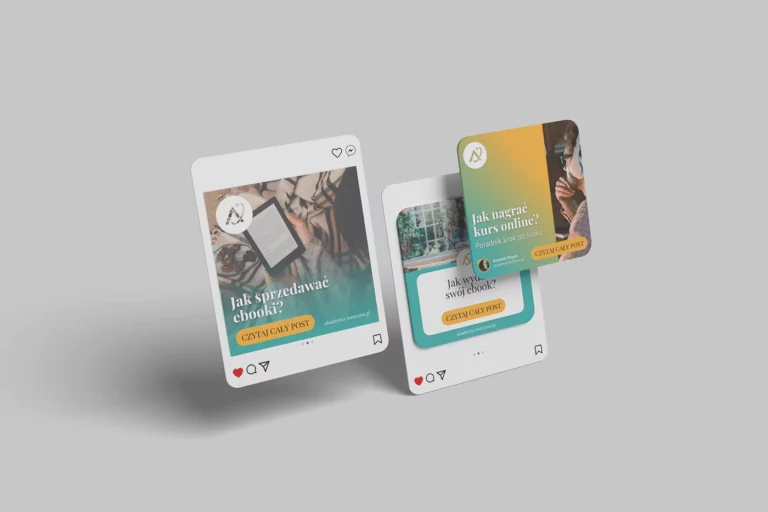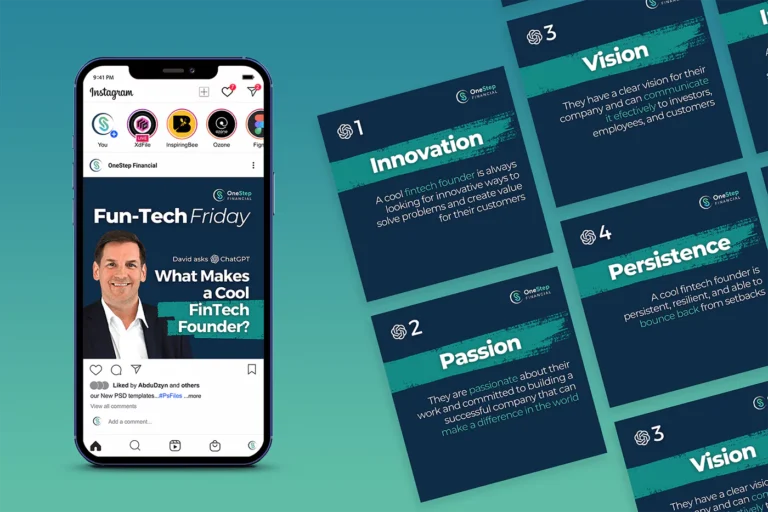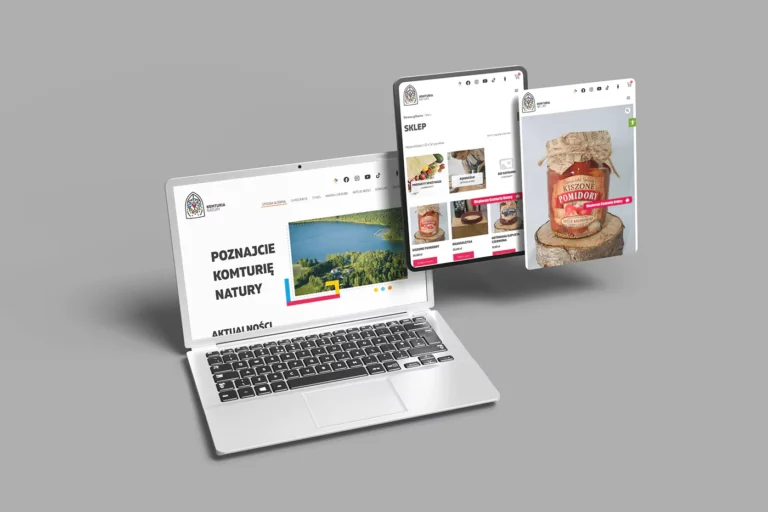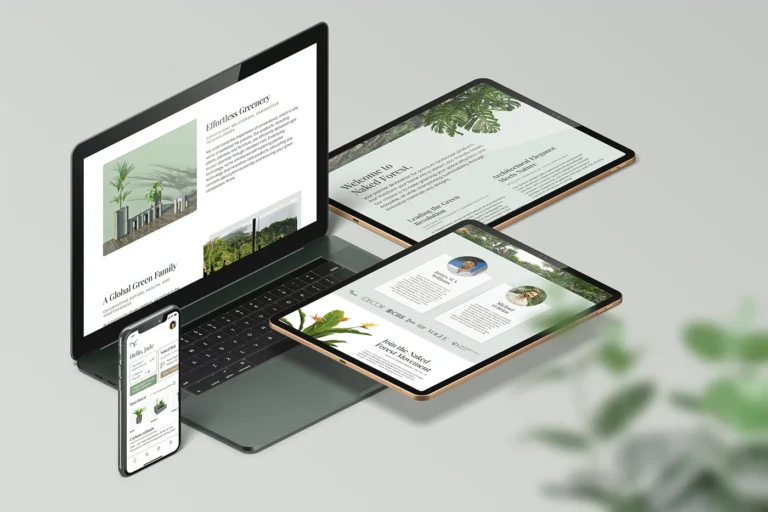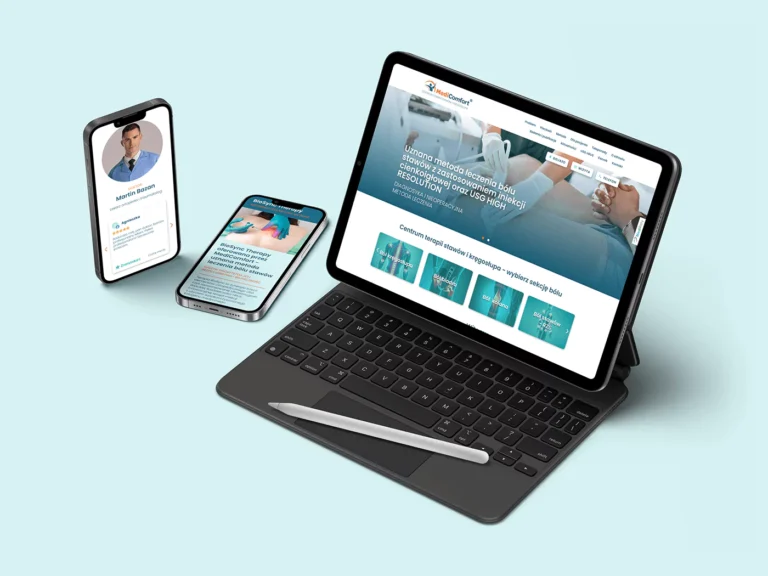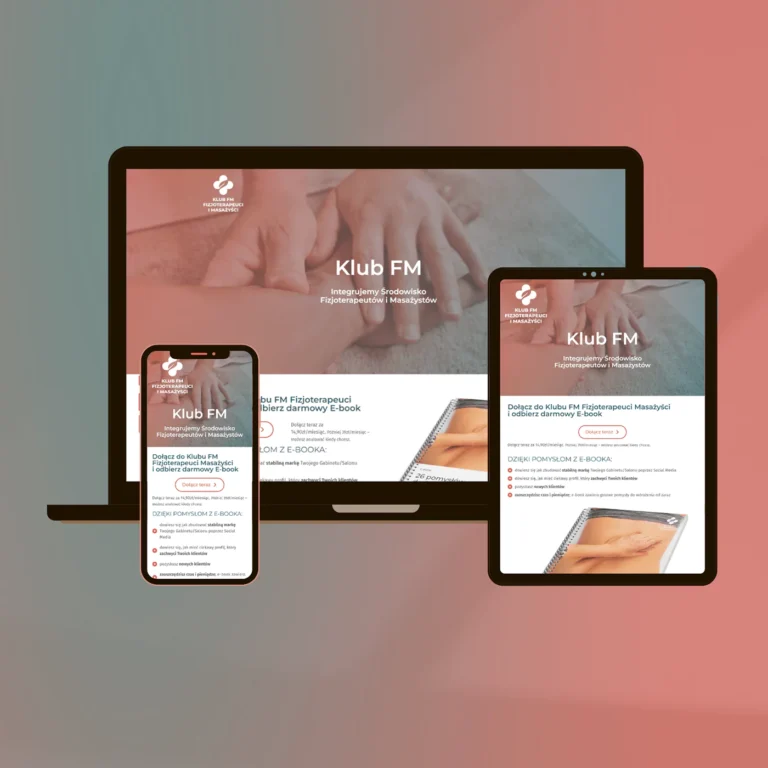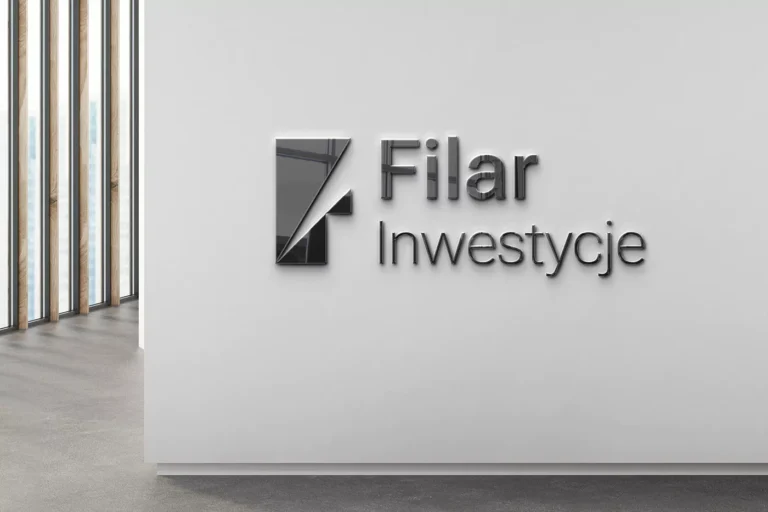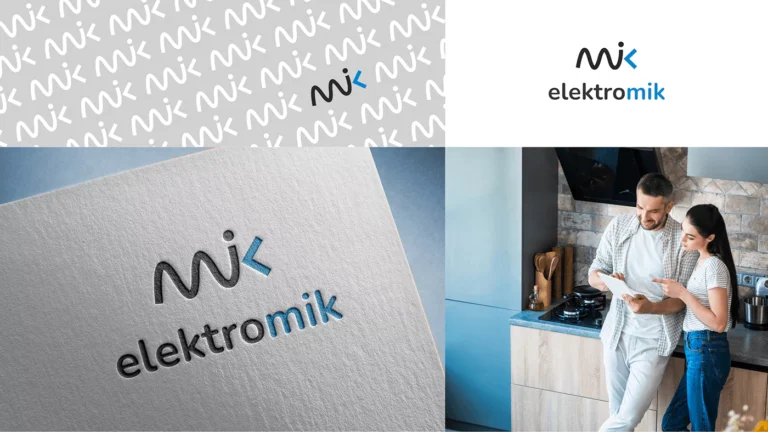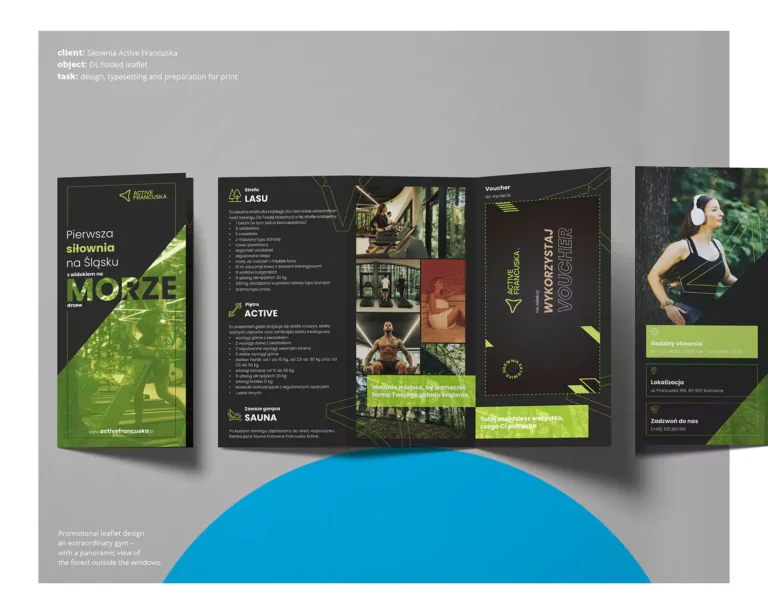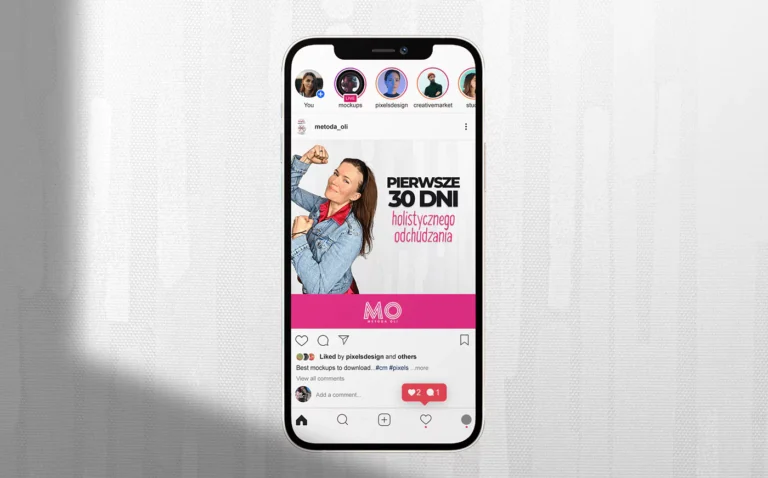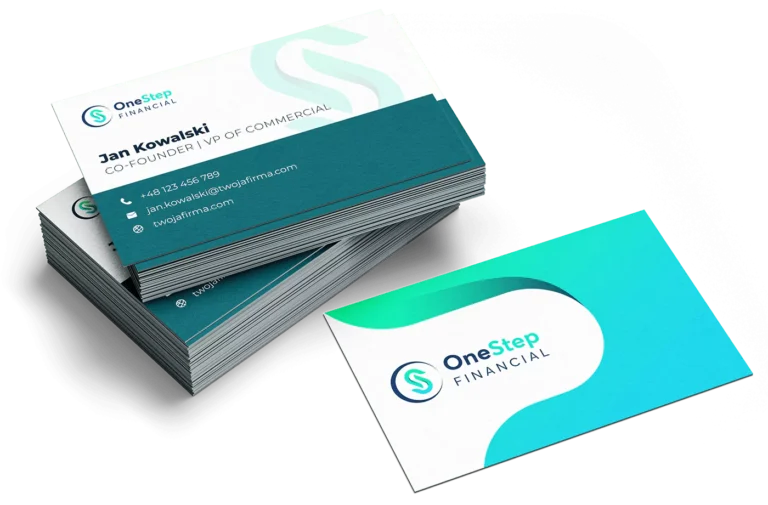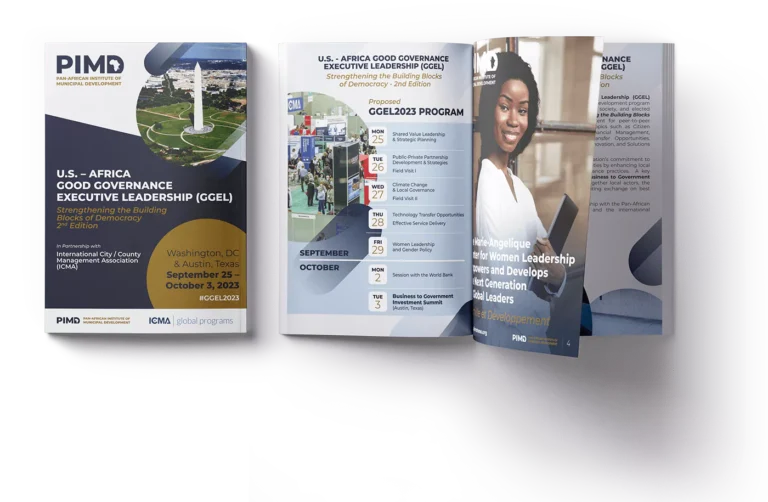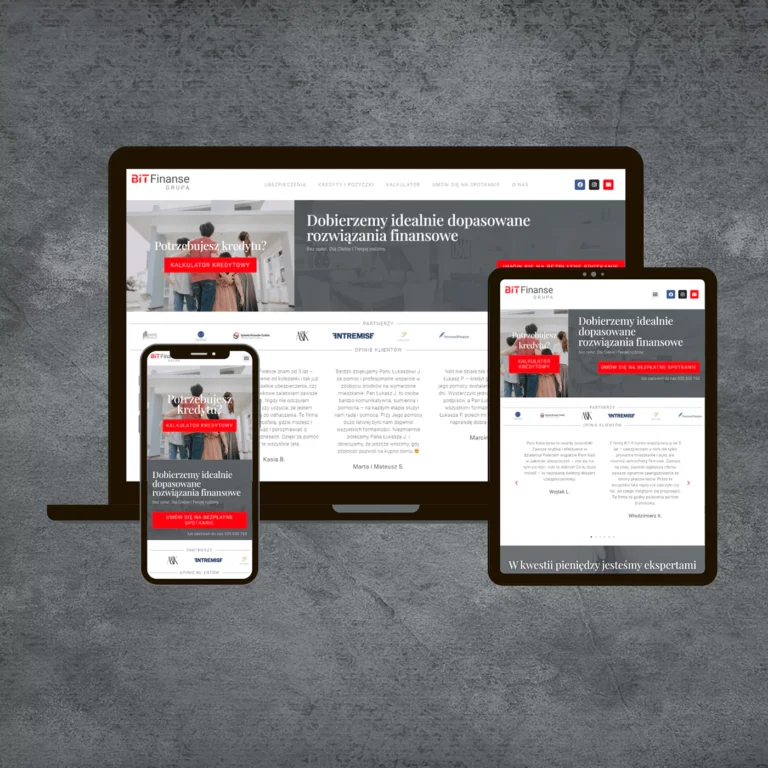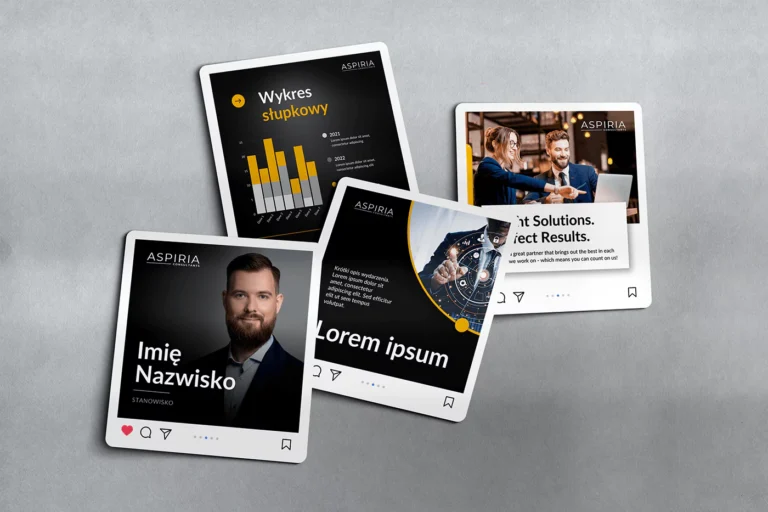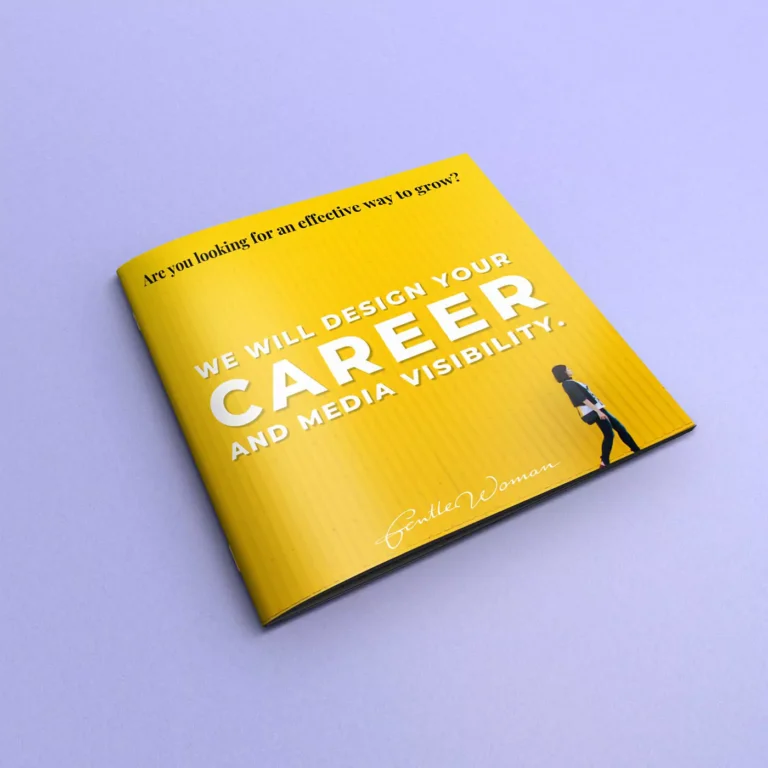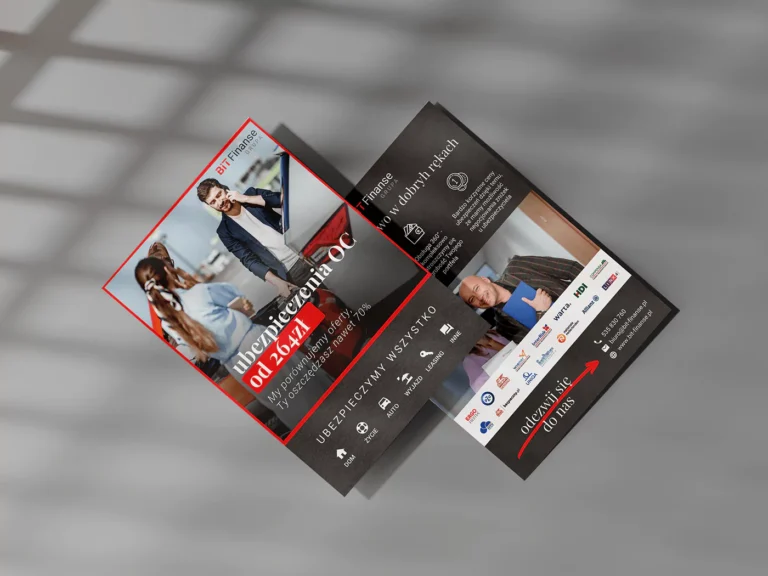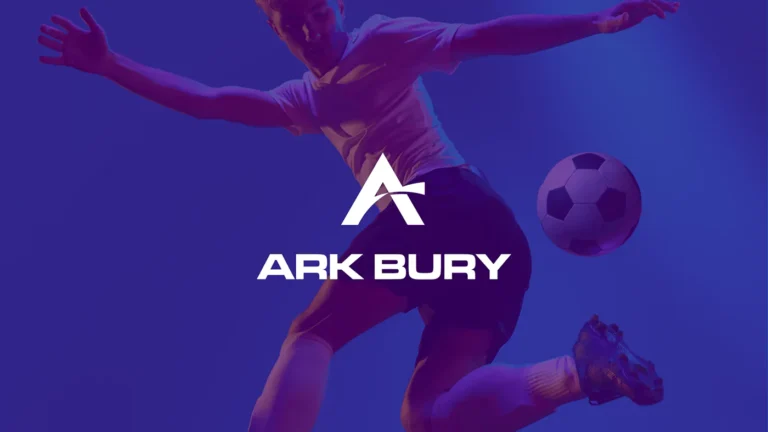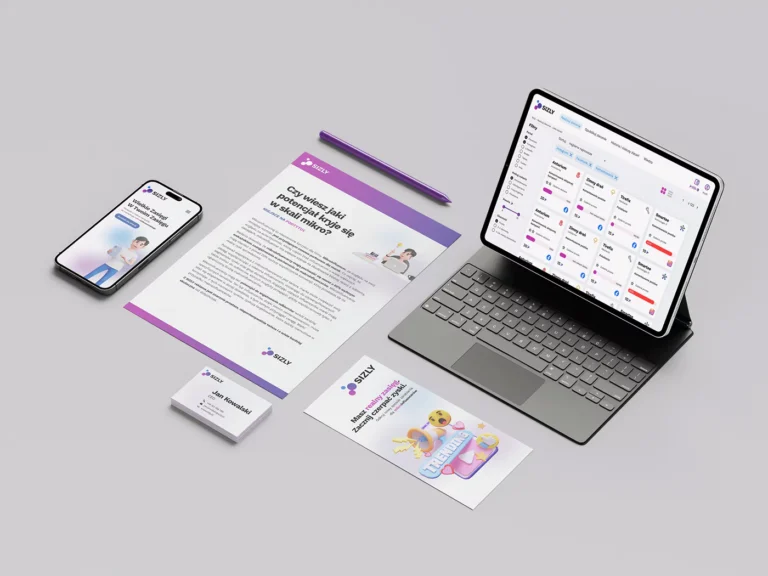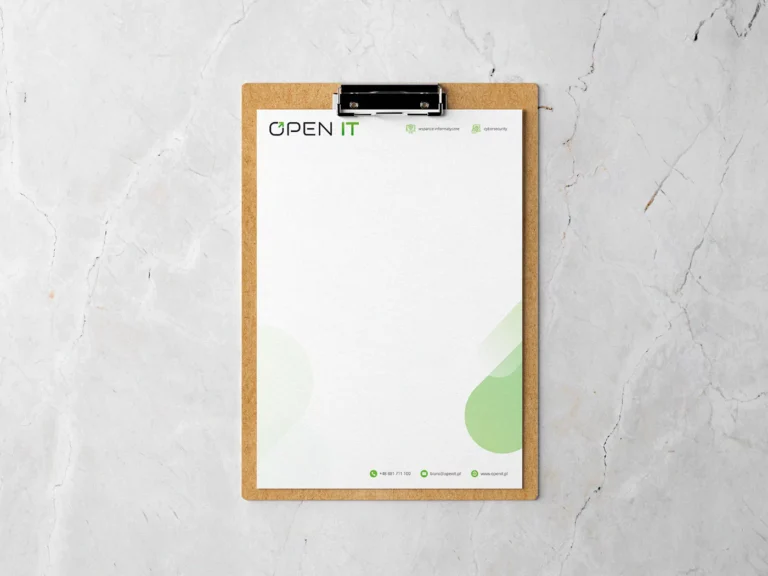Business presentations are visual and textual tools designed to convey information, ideas, and analyses in a business context. They can be used for various purposes, such as presenting financial results, introducing new products, conducting training sessions, or negotiating with clients. An effective business presentation should be clear, engaging, and professionally designed.
How to Best Present Business Presentations
To ensure business presentations are effective, they need to be well-designed and visually appealing. Key aspects include:
1. Clarity of Message: Information should be presented clearly and understandably. Avoid excessive text and complex diagrams.
2. Visual Consistency: Use uniform colors, fonts, and graphic styles that align with the company’s visual identity.
3. Aesthetics: The design should be visually attractive, with attention to detail and a balance between text and images.
4. Interactivity: Incorporate interactive elements like links, buttons, or animations to increase audience engagement.
Designing Business Presentations
Designing business presentations involves several key stages:
1. Understanding the Purpose: Determine the purpose of the presentation—whether it is to sell a product, educate, or report results. It is crucial to understand what you aim to achieve.
2. Audience Analysis: Understand who the audience will be and what their needs and expectations are. Tailor the content and style to the audience.
3. Creating an Outline: Develop a structure for the presentation that logically guides the audience through the material. Each slide should have a clear purpose.
4. Choosing Visual Elements: Select appropriate images, charts, diagrams, and icons that support the message and make the content easier to understand.
5. Typography: Choose readable and professional fonts. Use different font sizes to create a hierarchy of information.
6. Color Scheme: Use brand-compliant colors that attract attention and ensure text readability.
7. Layout and Composition: Design the layout of each slide to be both aesthetic and functional. Each element should have its place and significance.
Finalizing a High-Quality Product
The process of finalizing business presentations involves several essential steps:
1. Proofreading and Editing: Check all text for language and grammar errors. Ensure the message is clear and consistent.
2. Feedback and Revisions: Gather feedback from the team, clients, or focus groups and make necessary adjustments.
3. Testing on Various Devices: Ensure the presentation is readable and attractive on different devices, such as laptops, tablets, and projectors.
4. Technical Optimization: Adjust file sizes, formats, and other technical parameters to ensure smooth performance.
5. Final Approval: Obtain final approval from all stakeholders before presenting or sharing it with the audience.
Opportunities Related to Designing Business Presentations
Designing business presentations offers many opportunities, including:
1. Sales Presentations: Designing visually appealing presentations that help salespeople introduce products and services to clients.
2. Financial Reports: Presentations that visualize financial and operational data clearly and transparently.
3. Training and Education: Creating interactive and engaging presentations for training and educational purposes.
4. Conference Presentations: Designing professional presentations for conferences and industry events.
5. Internal Meetings: Presentations that support communication and motivation among employees.
Where to Use Business Presentations
Business presentations can be used in various contexts, such as:
1. Client Meetings: Sales and product presentations help persuade clients to make a purchase.
2. Conferences and Industry Events: Presentations at conferences that help build the company’s image and establish business connections.
3. Reporting and Analysis: Presentations of financial and operational results at board meetings and shareholder meetings.
4. Training and Workshops: Interactive presentations supporting training and educational processes.
5. Internal Communication: Presentations for internal meetings that help convey information and motivate the team.
Conclusion
Business presentations are a crucial communication tool in the corporate world. Focusing on clarity of message, visual consistency, aesthetics, and interactivity can significantly enhance their effectiveness. The design process should be thorough, involving understanding the purpose, audience analysis, creating an outline, and technical optimization. By leveraging the various opportunities and contexts for using business presentations, well-designed presentations can effectively support the company’s business and marketing goals.



